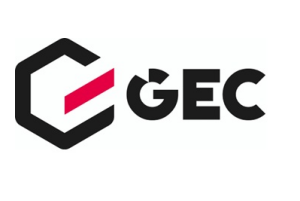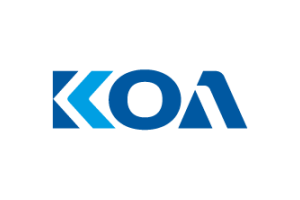Interview with Thomas Rottach, Siglent
"The customer is the center of our world"
Fortsetzung des Artikels von Teil 2
Goals, next steps - and a message to the market
The growth rates are high, as is the planned investment. What are your goals for the coming years?
Our goal for the next two to three years is to maintain our growth rates. Typically, you will reach saturation at some point when you have reached a certain level of turnover. Our goal is to further postpone this point.
Is it enough to simply open a new office?
That is the first step. In addition, of course, we also have to expand our market by expanding our traditional business with hobby electronics technicians and amateur radio operators to include the industrial sector, for example. In turn, the framework conditions are important: local presence, local calibration, service, and support in the local language.
What about universities?
This is also an interesting field for us. We have to look at what our distributors focus on and then work out a strategy on how to gain access to the education market. Another interesting market is the IoT, where IoT is actually the application, not the market. Everything in this area is cost-sensitive. Perhaps large companies will continue to buy their equipment from renowned suppliers, but there are many, many smaller companies that cannot afford to spend a few thousands on test equipment. This is where we come in with high-quality, easy-to-use products at reasonable prices, local support, and short service and calibration times. The specifications are good and I am sure it will work.
So what are the next steps?
First, we need to let customers know that we exist and what we stand for. I am currently establishing closer contact with our distributors and taking care of marketing to further boost our visibility in the European market. The staff planned for support and service will take care of setting up the repair infrastructure. Among other things, we will have a calibration station for factory calibrations.
Your message to the market?
It is important for us to emphasize that we are very customer-centric, that we take feedback very seriously. I have also experienced this on site in China. If a customer reports a problem, for example, a new firmware is on the table within a short time and with the fix. If it is a critical problem, the product manager sometimes puts three people at it so that a quick solution can be found for the customer's benefit. I have never seen such short reaction times in all my years in the test industry. In short, the customer is at the center of our world. It may sound like a phrase, but we actually live it.
- "The customer is the center of our world"
- "China Image", competition, discount battles
- Goals, next steps - and a message to the market







